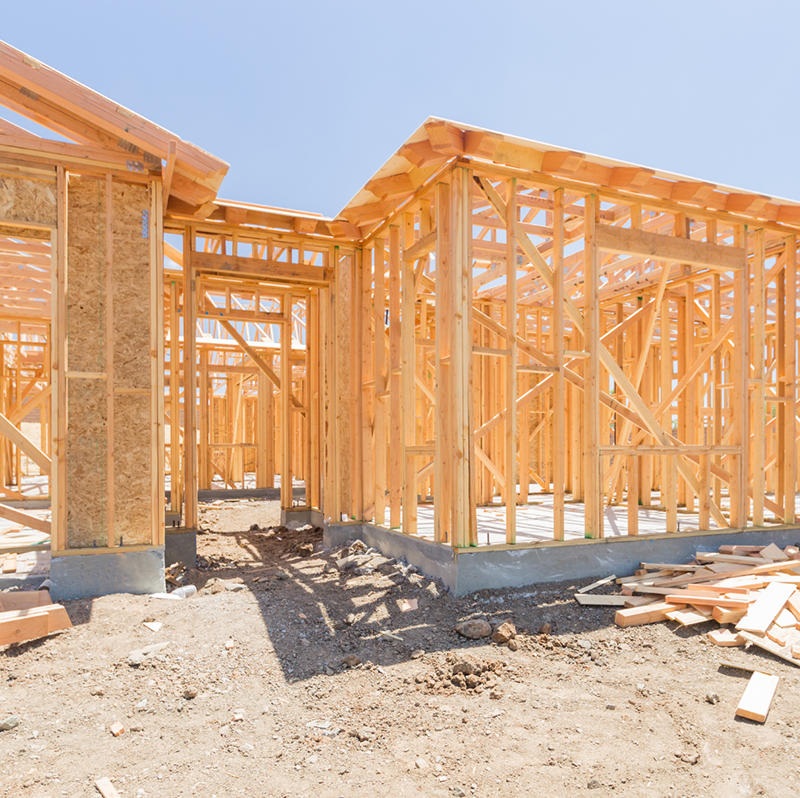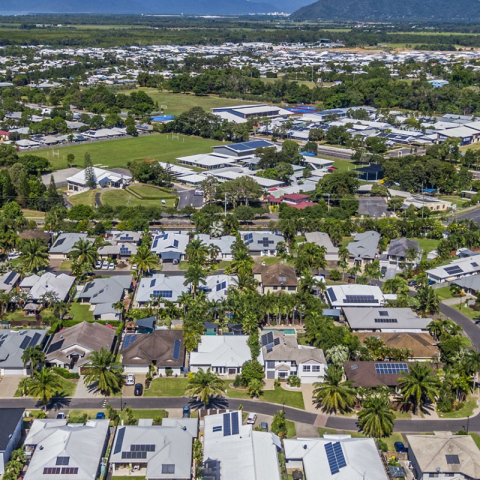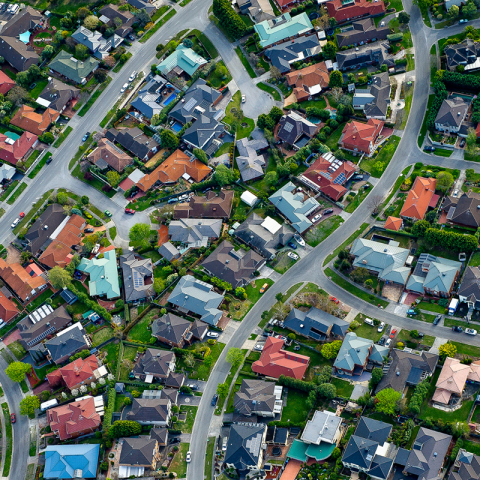Behind the headlines of housing shortages and affordability pressures, a transformative shift is unfolding within the construction industry.
A new wave of innovative builders—such as Buildlab in Victoria and Avia Homes in Queensland—is modernising the way homes are designed and delivered. Borrowing from high-efficiency U.S. homebuilding models, these companies rely on technology, data and streamlined processes to break free from the long-standing productivity stagnation that has plagued the sector for decades.
The traditional custom-build approach, where each home is treated as a unique one-off project, is gradually giving way to systemised delivery. These new-generation builders pre-plan repeatable designs and execute them in staged workflows, often across entire developments or master-planned communities. This approach unlocks economies of scale: materials can be purchased in bulk, trade teams can move seamlessly across sequential tasks, and project timelines become more predictable. The result is faster build times, fewer delays and reduced periods where buyers must juggle both rent and construction loans.
Technology is a central pillar of this revolution. Custom quoting software now enables fixed-price estimates to be issued within minutes rather than hours or days, reducing uncertainty for buyers and giving developers clarity on feasibility much earlier in the planning process. The Productivity Commission has previously highlighted that construction productivity has fallen over the past thirty years, even as the broader economy surged nearly 50 per cent in efficiency. Companies capable of reversing this trend are scaling rapidly and attracting significant interest from developers seeking reliable delivery partners.
For policymakers, industry leaders and investors, the message is clear: building more homes is only part of the solution—building smarter, faster and more efficiently is equally critical. The firms leading this shift are setting the benchmark for the next era of Australian housing construction.



